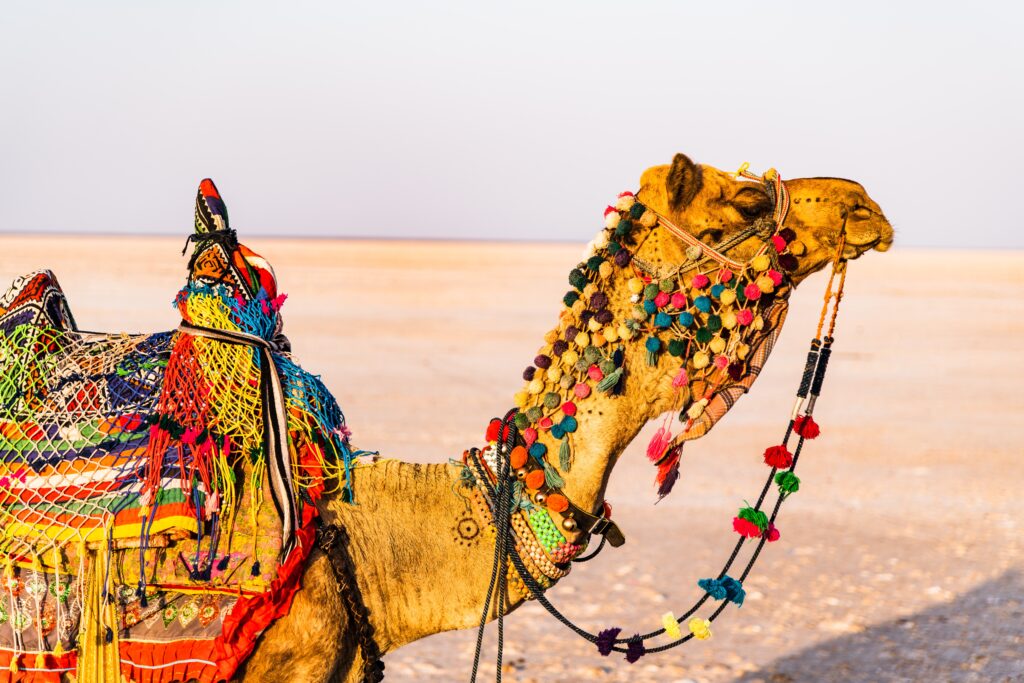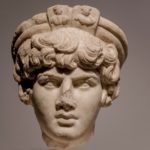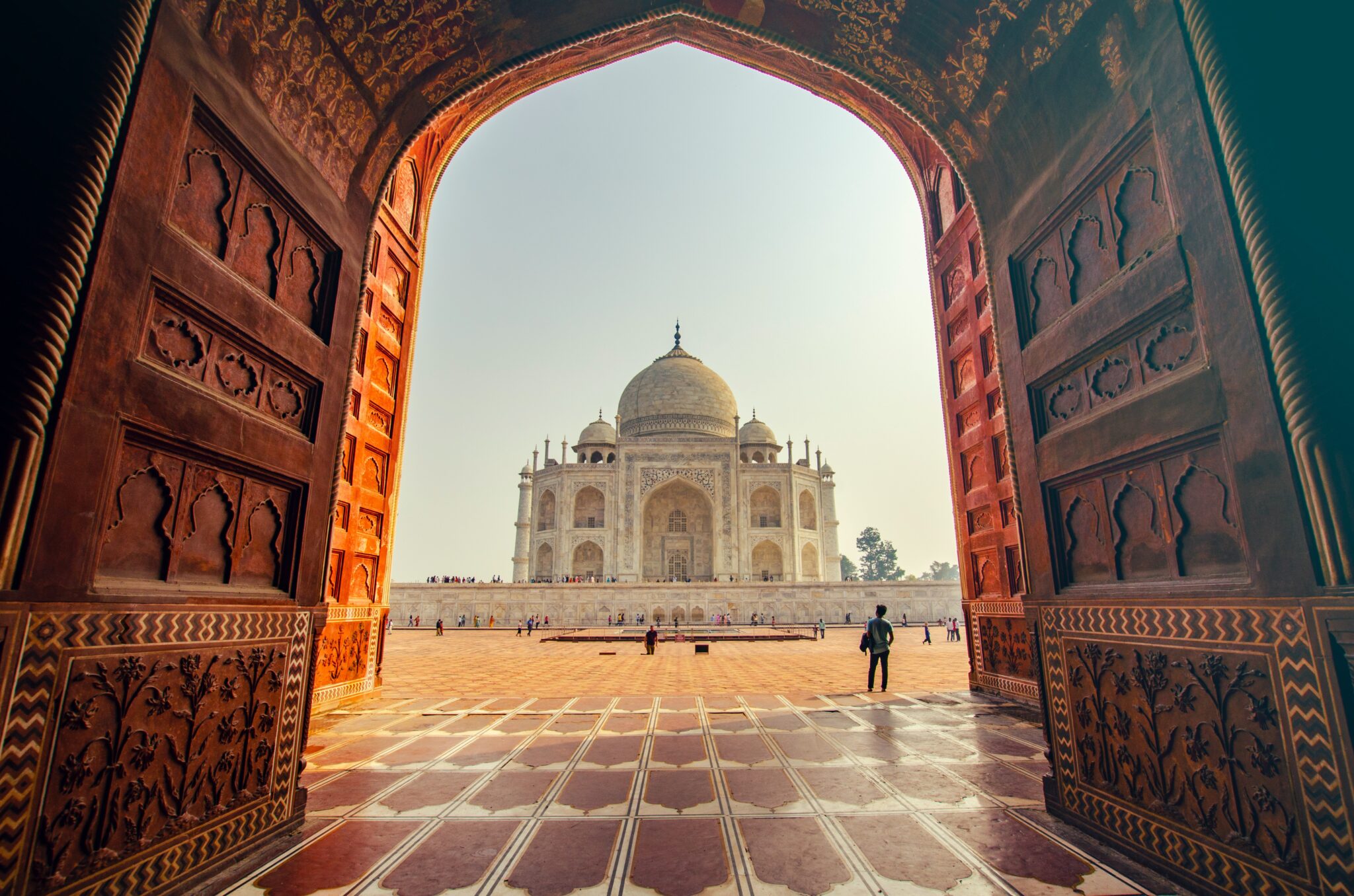
India is a most populous famous South Asia country bounded by Indian ocean on South, Arabian Sea on southwest, southeast by Bay of Bengal sharing boundaries with other south Asian countries. Christianity, Islam Judaism and other religions flourished in India in early medieval period.
Medieval Islam Mughal dynasty reigned in the 15th century for almost two centuries followed by British Indian Empire began in year 1858 which was drawn to an end started by the revolt of 1857 with Mahatma Gandhi long non-cooperation moment bringing an end of British rule in 1947.
Earliest modern human started domestication of crops and animals developed in the legacy of Indus valley civilization with cities such as Mohenjodaro and Harappa, India witnessed Hinduism of oldest scriptures of Vedas in upper Gangetic plain with several migration of Indo-Aryan Migration.
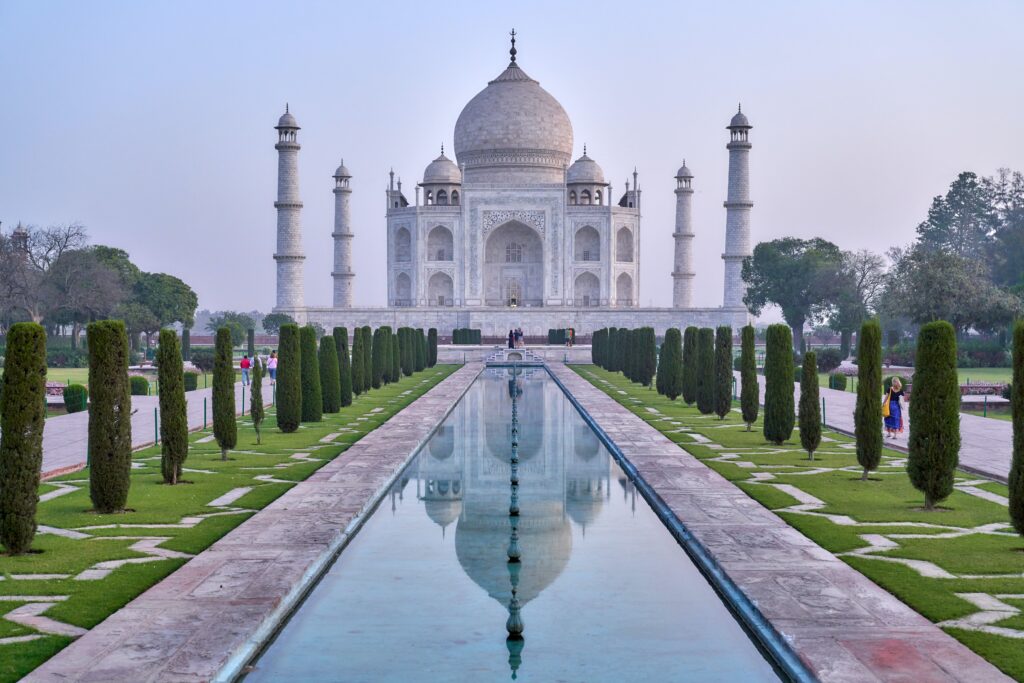
Jainism came into existence with urban cultures. In the 3rd Century Kingdom of Magadha successfully succeeded by Mauryan Empire management whereas Southern peninsula was ruled by the well-known dynasties of Cheras, the Choloas and the Pandyas.
The 4th and 5th Centuries witnessed complex empire admin rule by the Gupta Empire with priority on Sanskrit, Indian Science, Astronomy, Medicine and more many Kingdoms such as Harsha of Kanaauj, Chalukya of Deccan, Palka king of Bengal.
These subsequent reign and upheavals of various kingdoms and dynasties were followed by establishment of Mughal Delhi Sultanate especially under Akbar in the year 1206 in early modern India till the beginning of the 18th Century with English East India Company taking over the control in their realms by 1820.
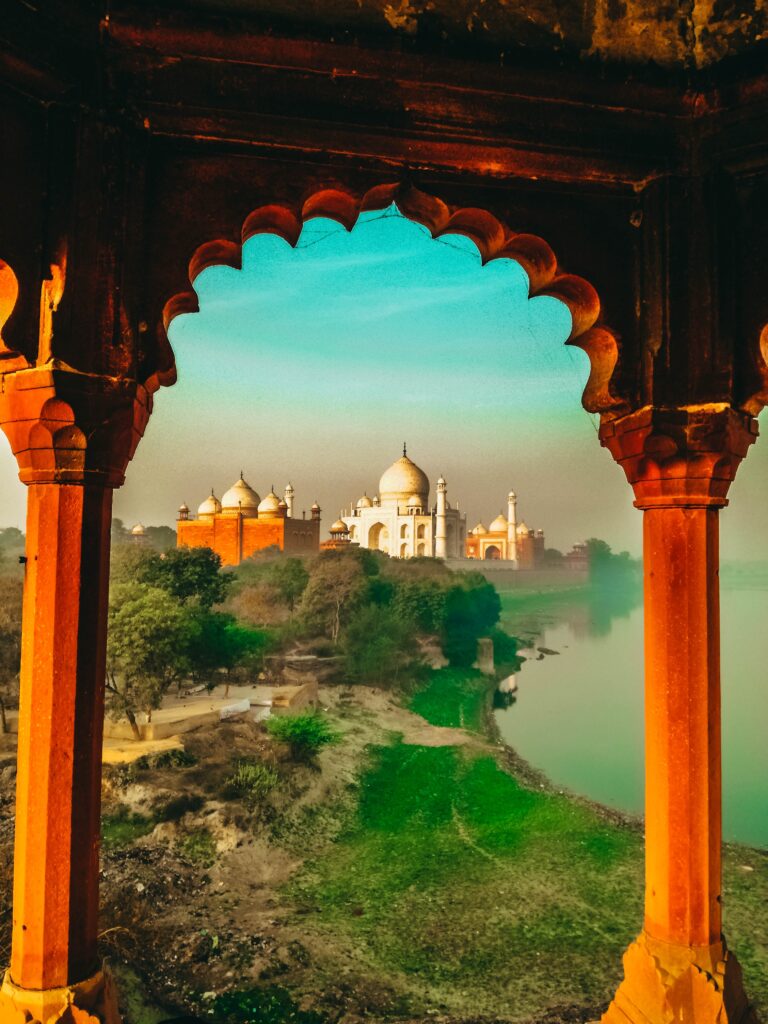
Modern India administration began by the appointment of Lord Dalhousie marked y education of citizens and technological changes in the year 1848 followed y several revolutions eventually leading to the foundation Indian National Congress in 1885. The second half of the 19th Century a new period flourished non-violent and non- cooperation led by Mahatma Gandhi finally leading towards gaining independence in 1947.
India is mega diverse marked by high biological diversity with India’s forest space of tree canopy and tropical moist, habitat to species of mammal, birds, reptile, amphibian, fish and flowering plants in Andaman Islands and Western Ghats, coniferous forest of the Himalayas.
India possesses medicinal trees such as neem and luxurious peepal. Indian endemics such as hooded leaf monkeys and toad of the western Ghat, Bengal tiger, Ganges River dolphin, gharial, the crocodile, vulture and the cheetah are the asset of a rich Indian biodiversity.
Do read more about India you can click here!
